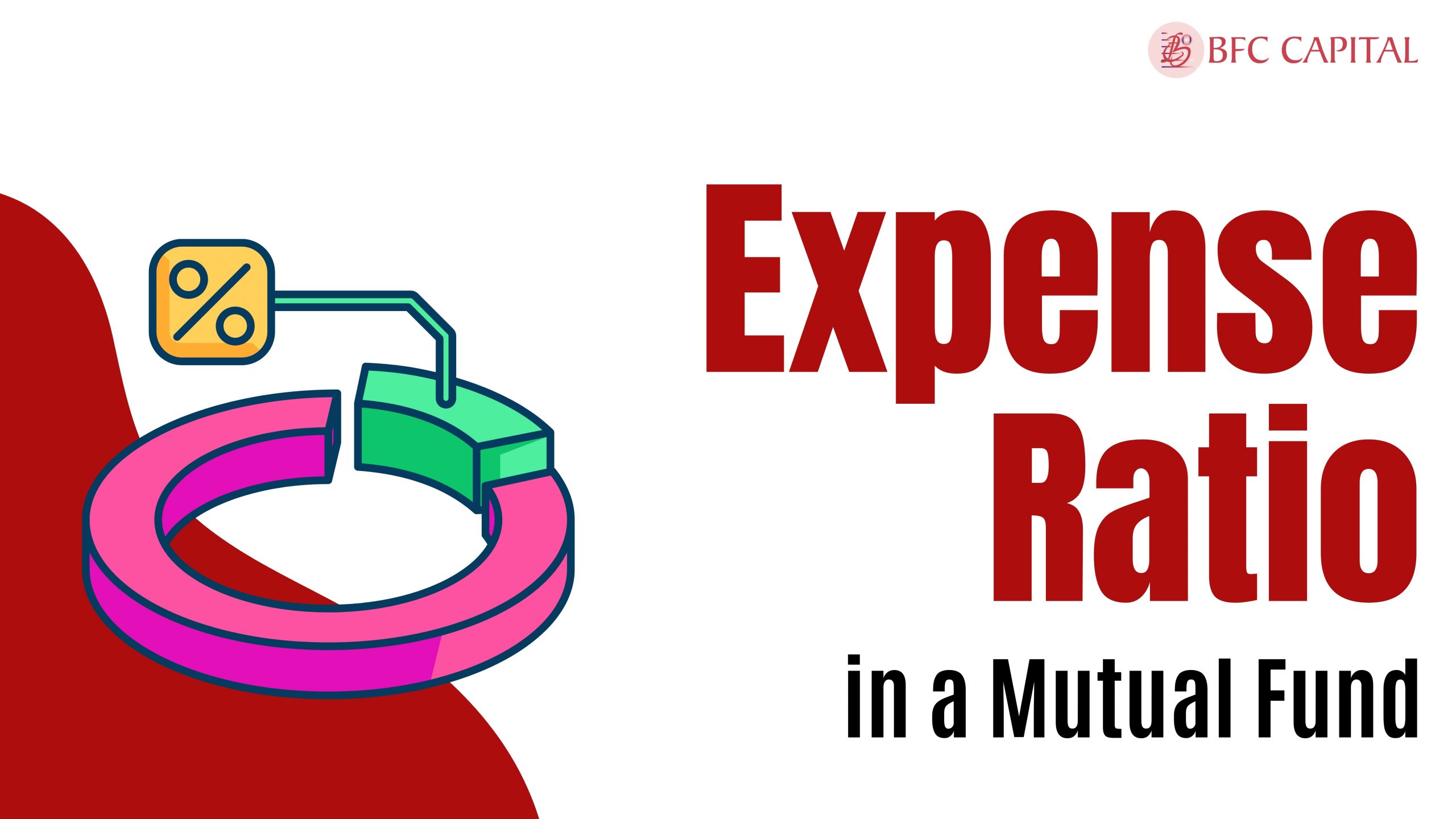
I know you are here to read about how to make the most out of Stock Market Corrections through Mutual Funds but first let’s bake a cake. Now that you are in your baker mood start by preparing the batter and pour it into a cake mould. Next, put that cake in the oven and after a few minutes you notice the cake has a little depression on top, which indicates that it sank a bit in the middle. So will you now throw away the whole cake?
The stock market is like that cake. Growth spurt can be compared to dough rising, yet corrections are the falls that need to happen sometimes. Let me tell you the dips in the cake could be worrisome but are part of the process of baking. In the same way, the market corrections are part of the investment journey so you don’t have to panic regarding that.
This blog is your recipe for success during a market correction. We’ll show you how to use mutual funds like the perfect ingredients and ensure your investment cake comes out perfectly in the end. So forget about panicking, and let us tell you how you can turn this correction in the markets into a tasty profit!
Demystifying Stock Market Corrections
Now, hearing the term Stock Market Correction may give rise to a question in your mind, “What are stock market corrections?” Let us answer that for you in a simple manner.
Imagine the stock market is like a healthy heart. Just like the heart pumps the blood, investment capital is the same in an economy. Just like a healthy heart doesn’t beat perfectly every second, the stock market experiences natural fluctuations.
A stock market correction is like a temporary hiccup in that rhythm. The overall market value when dips typically by at least 10% from a recent peak is considered to be a market correction.
They don’t signal the end of the market’s growth, just as a runner needs to stop within the race to catch his breath before continuing. The reasons behind these corrections can be numerous; changes in slower economic growth, events that are unexpected on the global level, and shifts in the sentiment of investors.
The key point that one must keep in mind here is that corrections are perfectly normal and are part and parcel of the investment process. The market, just like a healthy human heart, undergoes a few fluctuations and corrections before getting back on track and rising rapidly. The primary thing is to comprehend these changes and remain patient, being aware of the health of those investments you have.
Reasons for Market Corrections?
Stock market corrections can be triggered by a few common factors, including:
- Profit Booking: Imagine athletes, for example, runners, who after a long run, take a deserved water break. In the same way, when the particular industry has shown good growth over some time it is possible that some investors may decide to exit by booking their gains through floating their stocks in the market. This is quite reasonable especially if they expect the market to be overvalued or that it is about to be corrected. Something which evidently does not amount to panic selling, yet which is seen by a large number of investors as an opportunity to book profits may cause a temporary weakening of stock prices.
- Panicked Selling: Now imagine a group of runners encountering a sudden downpour. Panicked selling is like that – a sudden wave of fear or negativity among investors that triggers a rush to sell their holdings. This can be due to negative news or downturns in the economy or simply just the market feeling among investors. Selling, particularly during a bear phase, can create what is now famously known as FOMO(fear of missing out) or FOBO(fear of being out); the fear of missing out or the fear of being out of higher losses. This behaviour leads to the ‘following the crowd’ or copy-cat effect; for example, if for some reason the price of the share falls, people expect it to fall further, and hence they sell their holdings too. While profit-booking is a well-planned process, on the other hand, panic selling is generally caused by panic, which worsens a correction.
- Overvaluation of Stocks: The market can be over-optimistic or speculative leading to higher stock prices than what they can truly justify, a bubble. This can occur when investors are influenced by bull sentiments or trend chasers who cause prices to rise to certain levels. Eventually, reality sets in, and a correction occurs as prices adjust to more realistic valuations. The bubble “bursts,” and stocks drop back down to a level that reflects their actual worth.
Tips for Maximizing Mutual Fund Performance in Market Corrections
While corrections are scary in the stock market, if well managed, they are perfect for portfolio usage. Here’s how to optimize your mutual fund investments during these temporary dips:
- Portfolio Pit Stops: A correction might disrupt your target asset allocation, the mix of stocks, bonds, etc. you aim for your portfolio. Take some time to review your portfolio and see if the correction has thrown things off balance. If so, consider rebalancing by buying or selling units in specific specific asset classes to get back to your desired risk profile.
- Buy the Dip, Not the Panic: The market’s on sale! Don’t freak out, this is your chance to snag some quality mutual funds at potentially discounted prices. Think of it like buying from your favourite sneaker brand at sale – but instead of comfy shoes, you’re getting a piece of awesome companies with a bright future. Look for opportunities to add to your existing holdings or invest in new funds that have been on your radar.
- Forget the Crystal Ball: The market might be dropping like a bad habit, but nobody knows exactly when it’ll hit rock bottom. Trying to predict the absolute low is like trying to guess the ending of a good movie before the credits roll, kinda impossible right? Similarly, by staying invested and focusing on your long-term goals, you can ride out the correction and benefit from the market’s eventual recovery.
- SIPs to the Rescue: Systematic Investment Plans (SIPs) are your secret weapon during corrections. Remember how you buy more candy bars when they’re on sale? SIPs do the same for mutual funds! Since you invest a fixed amount regularly, you automatically purchase more units when prices are lower. This magic trick called rupee-cost averaging, helps you snag more shares at a discount, potentially boosting your returns in the long run.
- Keep Calm and Invest On: The market might be throwing some shade, but don’t let fear cloud your judgement. Stick to your investment plan and don’t make rash decisions based on emotions. Remember, corrections are a normal part of the market cycle. By staying cool and collected, you can weather the storm and emerge a stronger investor. So, buckle up, embrace the opportunity, and turn this correction into a chance to conquer your investment goals!
Conclusion
When it comes to investing in the stock market, corrections may prove to be the villain that attacks your dreams. But again, let us remind you that these happenings could be turned into advantages provided that one is equipped with the correct approach coupled with the correct mutual funds. This way, if the market goes down, the investor can be calm and invest according to the situation knowing that SIPs have prepared them to be ready for potential growth when it comes.
Well, don’t press the panic button just yet – instead, try and incorporate the tips from this blog post to help you flip corrections into building blocks for investment success!
Please share your thoughts on this post by leaving a reply in the comments section.
Also, check out our recent post on “Sip vs. Lumpsum: Choosing Your Investment Roadmap!“
To learn more about mutual funds, contact us via Phone, WhatsApp, Email, or visit our Website.
Additionally, you can download the Prodigy Pro app to start investing today!
Disclaimer – This article is for educational purposes only and by no means intends to substitute expert guidance. Mutual fund investments are subject to market risks. Please read the scheme-related document carefully before investing.

Assistant Vice President – Research & Analysis
Akash Gupta heads the Research & Analysis department at BFC CAPITAL, where he combines in-depth market insights with strategic analysis. He holds multiple certifications, including:
- NISM-Series-XIII: Common Derivatives Certification
- NISM-Series-VIII: Equity Derivatives Certification
- NISM-Series-XXI-A: Portfolio Management Services Certification
- IRDAI Certification
With his expertise in equity, derivatives, and portfolio management, Akash plays a key role in providing research-backed strategies and actionable insights to help clients navigate the investment landscape.







